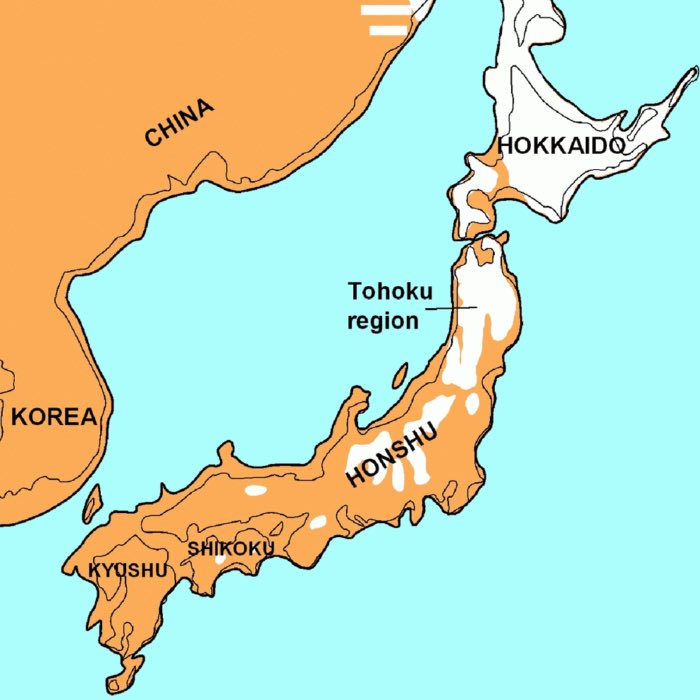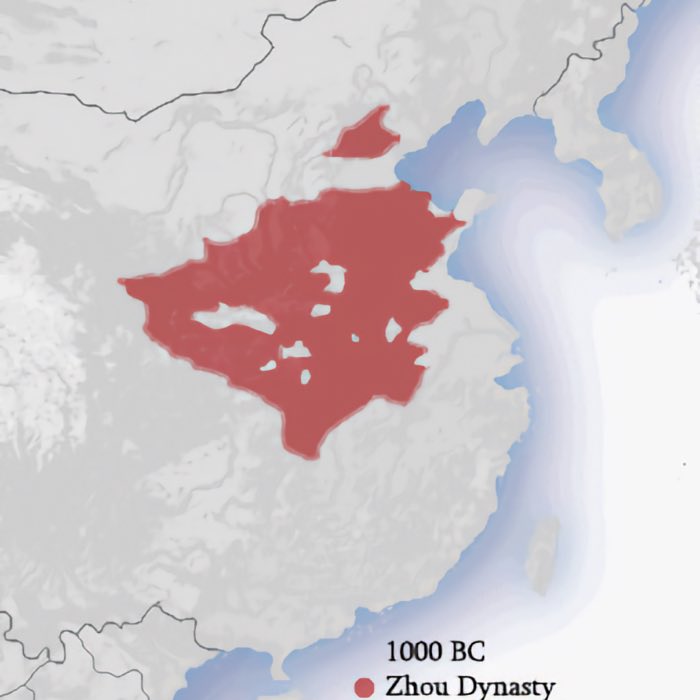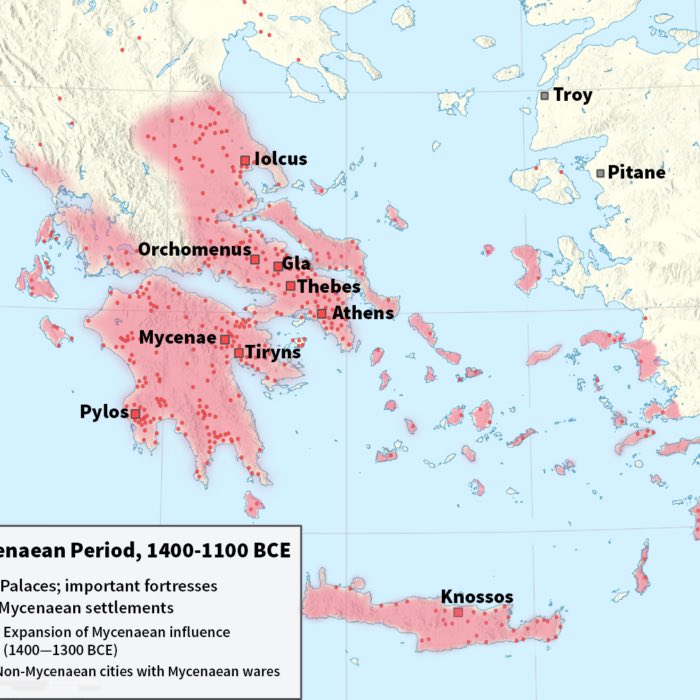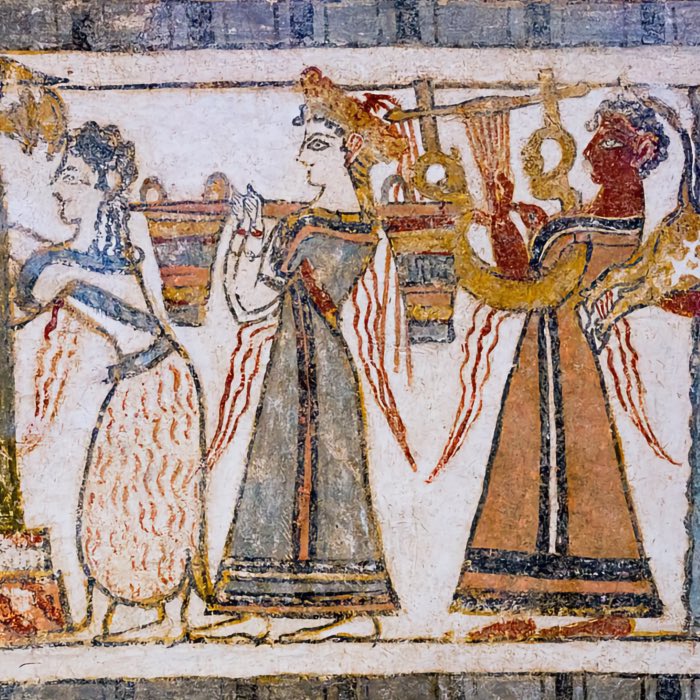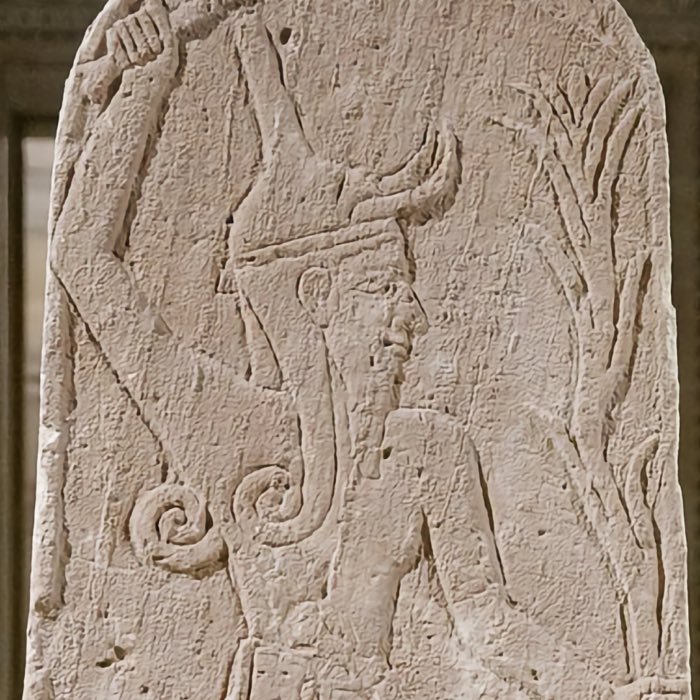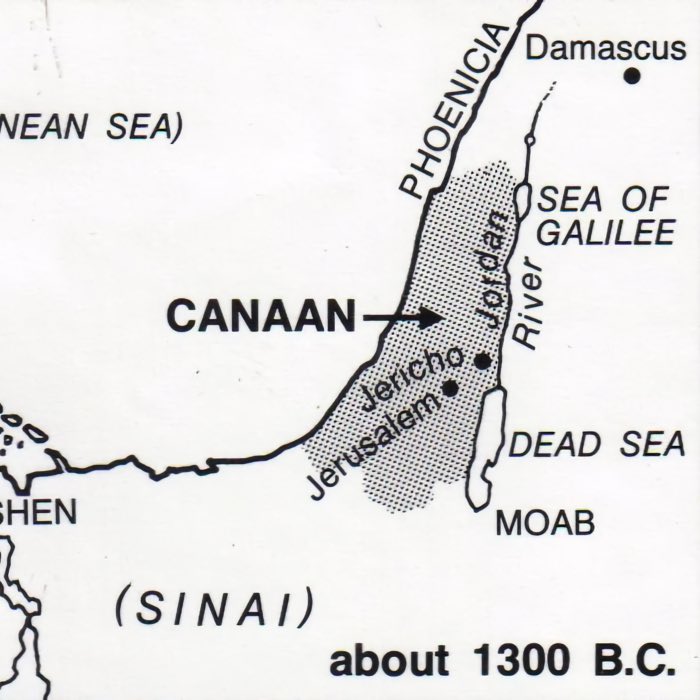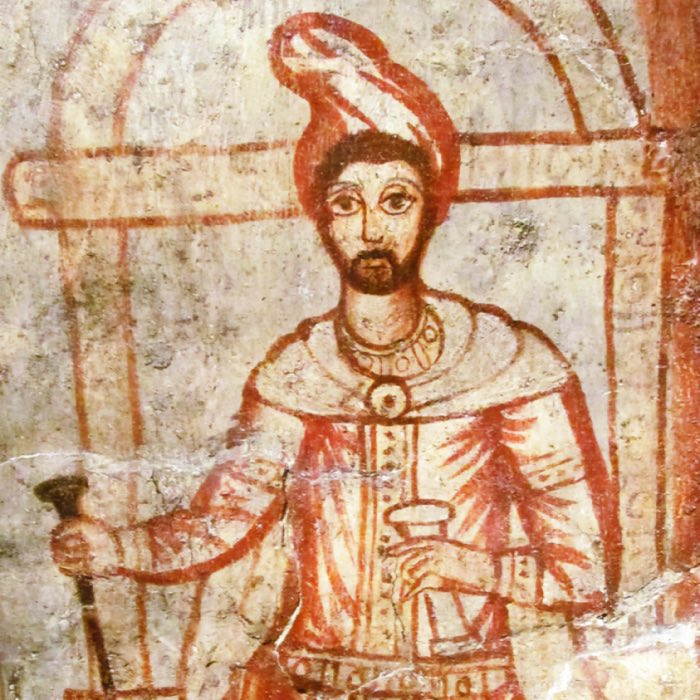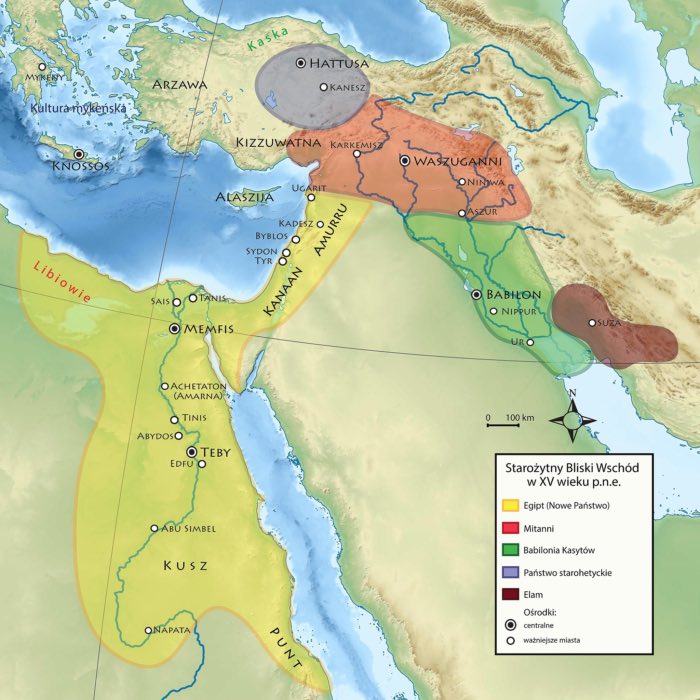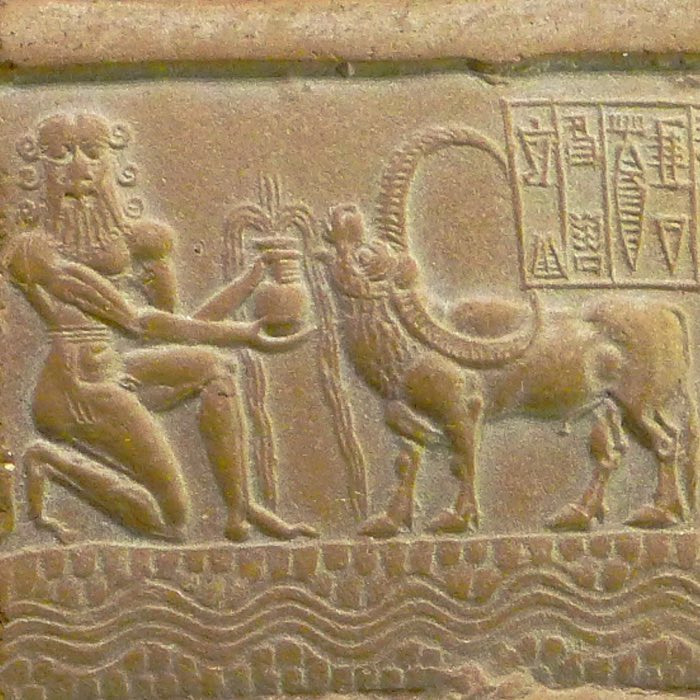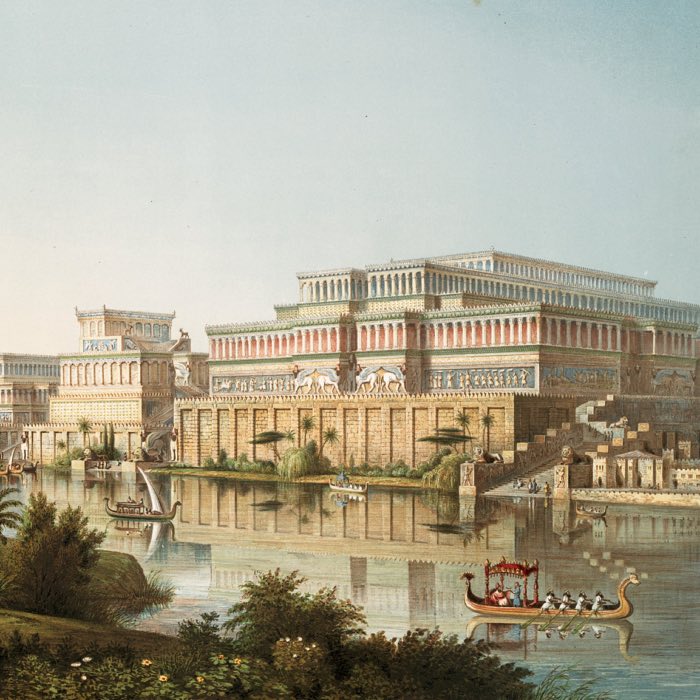Weekend Stories
I enjoy going exploring on weekends (mostly). Here is a collection of stories and photos I gather along the way. All posts are CC BY-NC-SA licensed unless otherwise stated. Feel free to share, remix, and adapt the content as long as you give appropriate credit and distribute your contributions under the same license.
diary · tags · RSS · Mastodon · flickr · simple view · grid view · page 21/36
The Jomon culture in Japan
The Jomon culture represents one of the earliest examples of prehistoric human societies in Japan, dating back as far as 14,000 BCE and lasting until approximately 300 BCE. Named after the distinctive cord-marked pottery (jomon in Japanese) characteristic of the period, this culture is notable for its long continuity, intricate craftsmanship, and adaptation to diverse environments. The Jomon period laid the foundations for later developments in Japanese civilization while maintaining unique traditions that set it apart from neighboring cultures in China and Korea.
Origin of the Chinese civilization
In the previous posts, we explored the emergence of civilization in Mesopotamia and Egypt, where the Tigris, Euphrates, and Nile rivers nurtured early agricultural societies and centralized political systems. In this post, we turn our focus eastward to examine the origins of Chinese civilization along the Yellow and Yangtze Rivers, highlighting parallels and differences in their development.
The Mycenaean civilization
The Mycenaean civilization, flourishing from approximately 1600 BCE to 1100 BCE, represents one of the earliest advanced societies of mainland Greece. Known for its fortified palace centers, Linear B script, and rich burial practices, the Mycenaeans played a pivotal role in shaping the cultural and political landscape of the Aegean and influencing the development of later Greek civilization. Their interactions with neighboring cultures, such as the Minoans, Mesopotamians, and Egyptians, underscore their significance in the broader narrative of the Bronze Age.
The Minoan civilization
The Minoan civilization, flourishing on the island of Crete from approximately 3000 BCE to 1450 BCE, is one of the earliest advanced societies in Europe. Renowned for its palatial architecture, sophisticated art, and extensive trade networks, the Minoans played a pivotal role in the cultural and economic development of the Aegean and Eastern Mediterranean. Their achievements in art, architecture, and governance set the stage for subsequent civilizations, including the Mycenaeans, who succeeded them.
The Canaanite religion – and its influence on early Judaism
The Canaanite religion, a rich and complex polytheistic tradition, played a foundational role in the religious and cultural landscape of the ancient Levant. Rooted in a pantheon of deities that governed various aspects of life and nature, Canaanite religion was deeply intertwined with agricultural cycles, cosmic order, and political authority. Its myths, rituals, and theological constructs did not vanish with the emergence of new religious traditions but rather permeated and influenced them, including the early development of Judaism.
The Canaanite civilization
The Canaanite civilization, flourishing between approximately 3000 BCE and 1200 BCE, was centered in the Levant, a region that includes modern-day Israel, Palestine, Lebanon, Jordan, and parts of Syria. Renowned for its cities, maritime trade, and cultural achievements, the Canaanites played a pivotal role in the ancient Near East. Their interactions with neighboring civilizations, including Mesopotamia, Egypt, the Minoans, and the Mycenaeans, underscore their importance as a crossroads of cultural and economic exchange.
Zoroastrianism: A revolutionary faith of ancient Iran
Zoroastrianism, one of the world’s oldest organized religions, was founded by the prophet Zarathushtra in ancient Iran, likely during the second millennium BCE. Emerging in a polytheistic and ritual-dominated environment, Zoroastrianism introduced a revolutionary religious framework centered on moral dualism, ethical monotheism, and the responsibility of individual choice. Zarathushtra’s teachings, preserved in the sacred texts of the Avesta, laid the foundation for a faith that would profoundly influence not only Iranian culture but also the development of later world religions, including Judaism, Christianity, Islam, and elements of Indian spirituality.
The influence of Mesopotamian religions and culture on neighboring civilizations
Mesopotamia, often regarded as the cradle of civilization, was the birthplace of many foundational developments in human history, including urbanization, writing, and complex religious systems. Its religious and cultural influence radiated outward, shaping neighboring civilizations and extending its legacy across millennia. The transmission of Mesopotamian ideas into Greek, Egyptian, Jewish, and Indian traditions exemplifies the interconnectedness of ancient cultures and highlights the processes of adaptation, synthesis, and transformation that characterize the evolution of religious and cultural systems.
Overview of the religions of Mesopotamia: Pantheon and regional variations
The religions of Mesopotamia represent some of the earliest and most intricate expressions of humanity’s attempts to understand the cosmos, the natural world, and the human condition. Spanning several millennia and diverse cultures — including the Sumerians, Akkadians, Babylonians, and Assyrians — Mesopotamian religion evolved into a complex of beliefs, practices, and rituals. The pantheon of Mesopotamian deities was vast, with gods and goddesses governing every aspect of life, from creation and fertility to war and death. At the same time, regional and temporal variations within Mesopotamia reflected the dynamic interactions between different city-states, empires, and cultural traditions.
Nineveh: The crown jewel of the Neo-Assyrian empire
Nineveh, one of the most illustrious cities of the ancient world, served as the final capital of the Neo-Assyrian Empire and a center of political, cultural, and architectural innovation. Situated on the eastern bank of the Tigris River near modern-day Mosul in Iraq, Nineveh was a city of immense grandeur and significance. Its prominence was not only a testament to the power of Assyria but also a reflection of its rulers’ ambitions to craft a city that embodied their dominance and vision for the ancient Near East.
